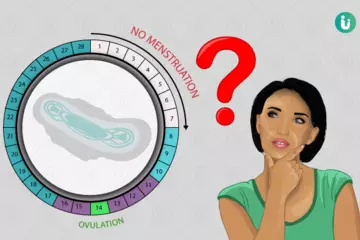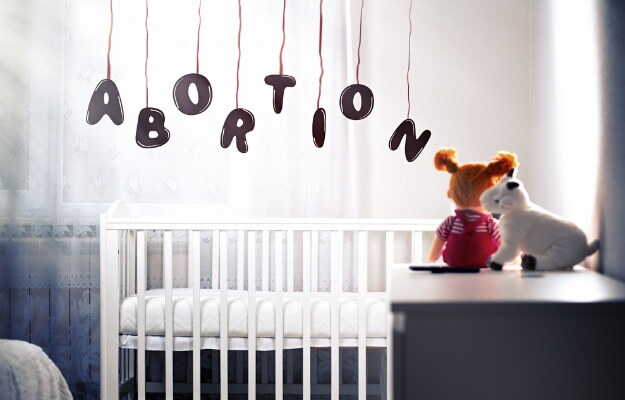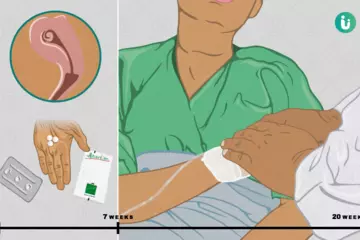What is a benign fibrocystic breast?
Benign fibrocystic breasts are characterised by the presence of benign (non-cancerous) lumps or rope-like stretches in the breast tissue. These non-cancerous lumps are mostly felt in the outer and upper area of the breasts. It is a fairly common condition, which occurs in women in the age group of 20 to 50 years.
What are its main signs and symptoms?
The symptoms of fibrocystic breasts may become more noticeable right before and during the menstrual cycle due to hormonal changes. These symptoms include:
- Pain in the breasts (Read more: Breast pain causes)
- Breast tenderness that is noticeable on touch
- Breasts can feel heavy or swollen
- Presence of lumps in the breasts
- Nipple discharge
- Increased breast pain before menstruation
The lumps felt in the breast tissue will seem rubbery and soft in structure. When touched, they may seem to shift slightly. These lumps may also grow slightly in size right before menstruation.
It is important to know that the presence of benign fibrocystic breasts does not increase a woman’s risk of developing breast cancer. These fibrocystic breast changes are harmless and the discomfort associated with them can be treated.
What are its main causes?
Doctors have been unable to pinpoint an exact cause of fibrocystic breasts. However, most of them suggest that reproductive hormones such as oestrogen could be the cause of this condition. Since this condition rarely persists after menopause, most doctors believe that hormonal changes during the reproductive years can be a causative factor. (Consult a doctor with Doctor app)
How is it diagnosed and treated?
The first step in the diagnosis of fibrocystic breasts is a physical exam, which helps the doctor to locate the lumps and check any abnormality in texture in the breast tissue. Following a physical exam, the doctor may also advise confirmatory imaging tests such as a mammogram and breast ultrasound.
Further tests such as tissue biopsy may be performed in order to determine if the lump is benign or not.
Treatment is needed only if the patient is experiencing symptoms. It may include pain relief medication to reduce the tenderness. However, the doctor is most likely to explain self-care measures to manage the condition. These include:
- Wearing a well-fitting bra which provides good support
- Heat application to ease the pain
- Eating foods which are anti-inflammatory in nature
If the symptoms are severe, the doctor may put the patient on birth control pills or other medications to subside symptoms, especially pain and tenderness.

 OTC Medicines for Benign Fibrocystic Breasts
OTC Medicines for Benign Fibrocystic Breasts















